
James H. Miller, USDA Forest Service, Bugwood.org

Chris Evans, University of Illinois, Bugwood.org
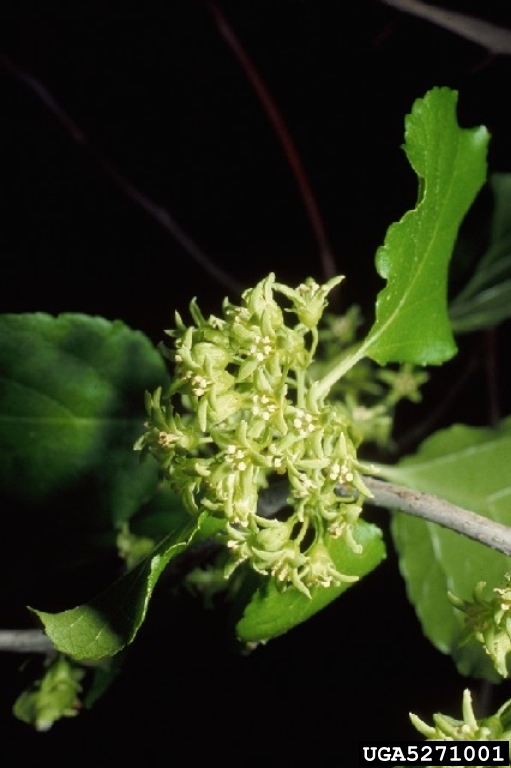
Leslie J. Mehrhoff, University of Connecticut, Bugwood.org
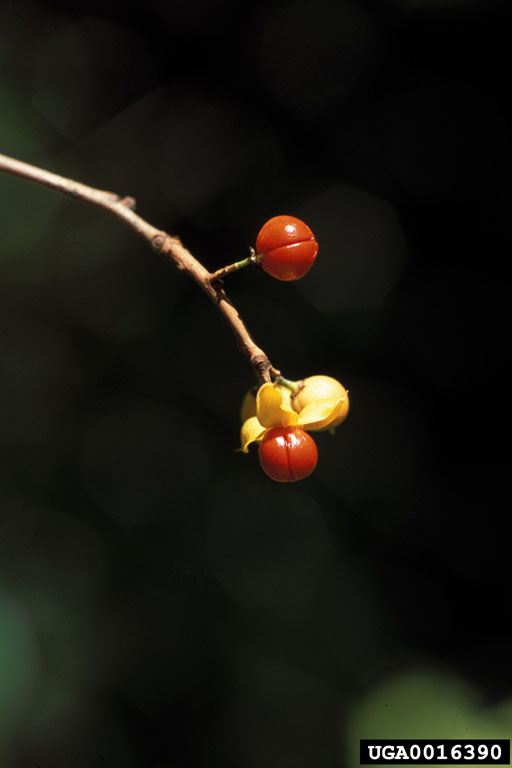
James H. Miller, USDA Forest Service, Bugwood.org
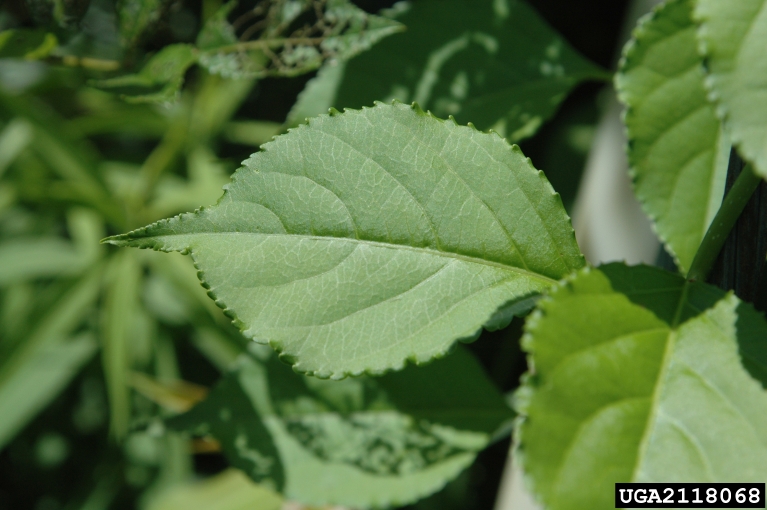
Chris Evans, University of Illinois, Bugwood.org
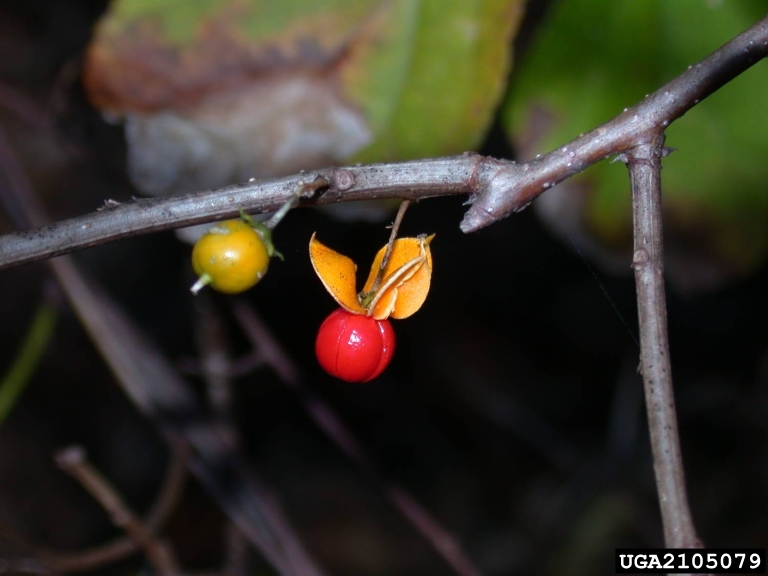
James R. Allison, Georgia Department of Natural Resources, Bugwood.org

James R. Allison, Georgia Department of Natural Resources, Bugwood.org
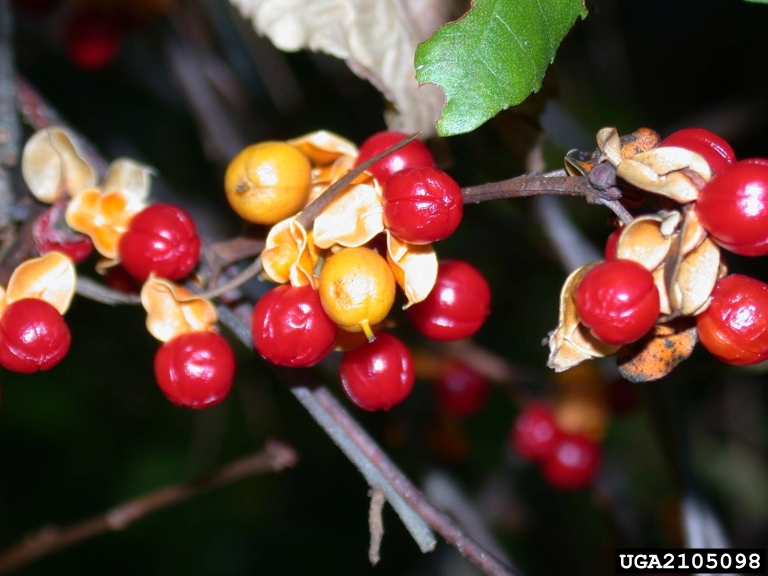
James R. Allison, Georgia Department of Natural Resources, Bugwood.org
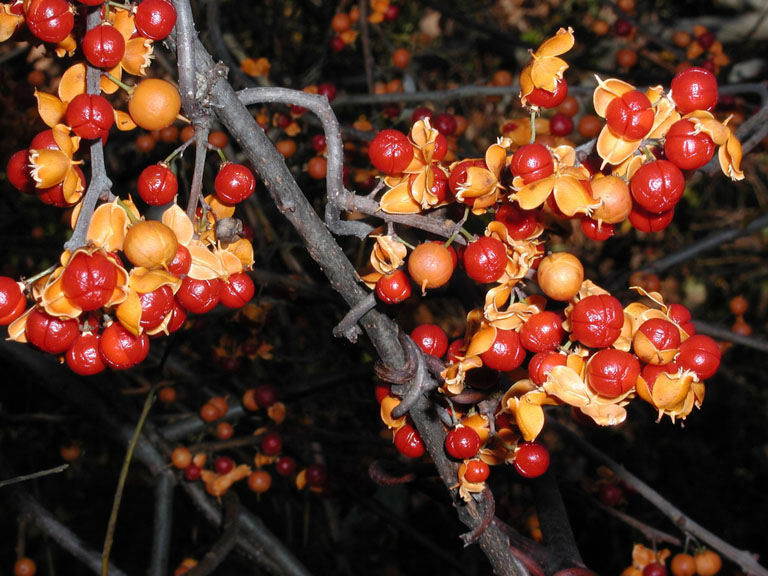
Leslie J. Mehrhoff, University of Connecticut, Bugwood.org
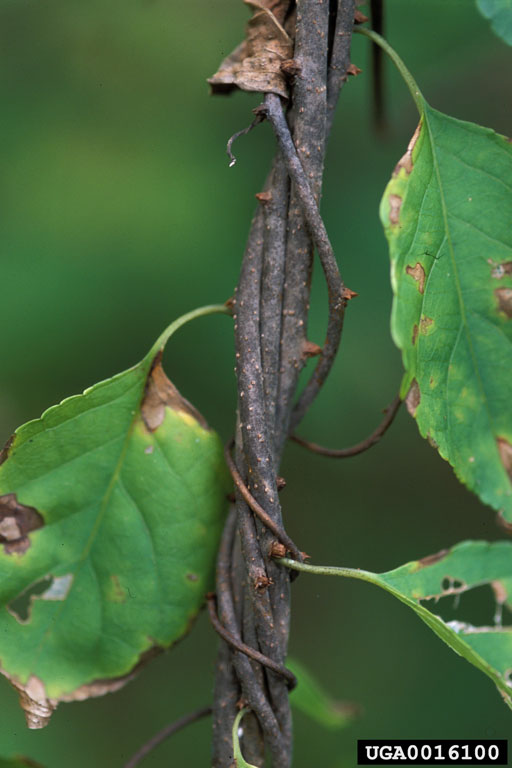
James H. Miller, USDA Forest Service, Bugwood.org

James H. Miller, USDA Forest Service, Bugwood.org
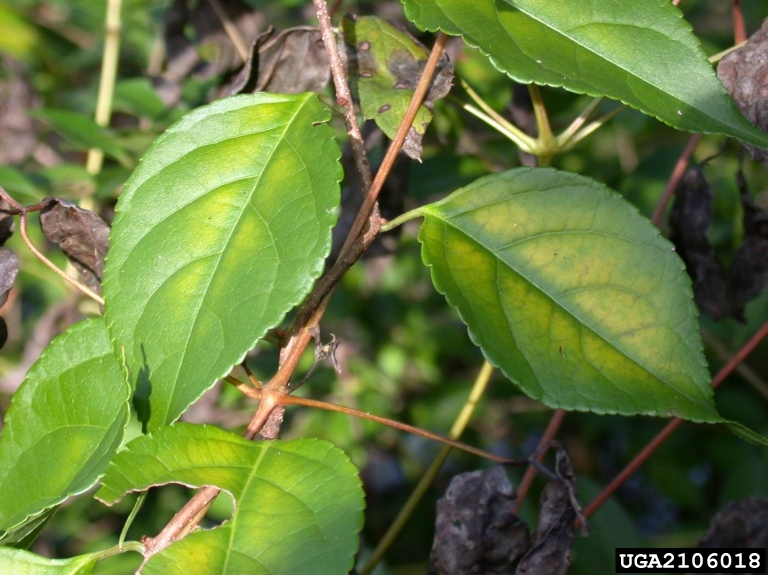
James R. Allison, Georgia Department of Natural Resources, Bugwood.org
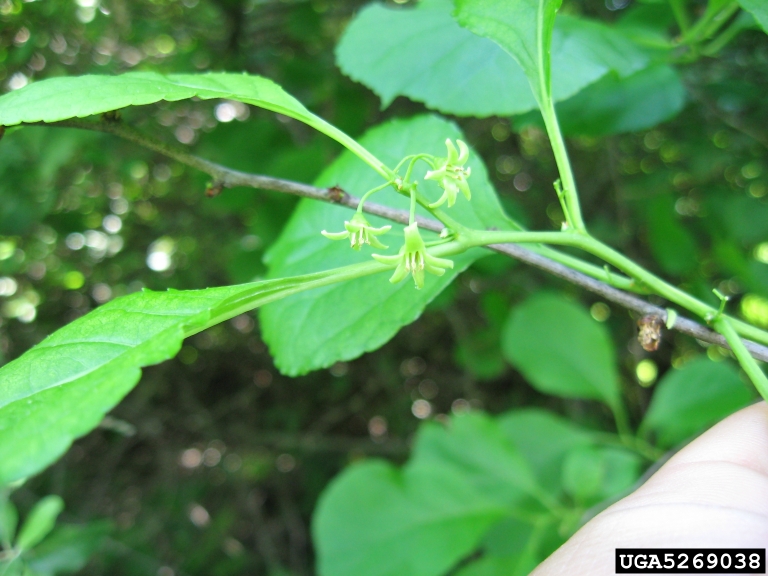
Chris Evans, University of Illinois, Bugwood.org
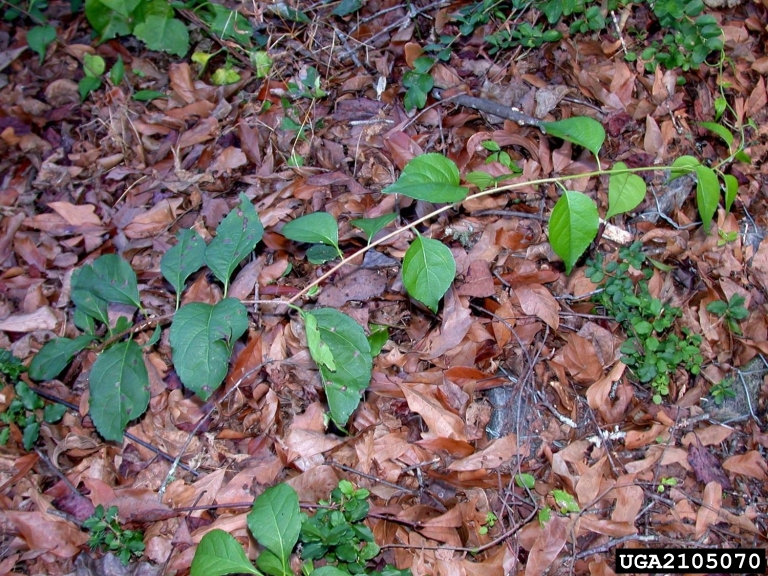
James R. Allison, Georgia Department of Natural Resources, Bugwood.org

Nancy Loewenstein, Auburn University, Bugwood.org

Nancy Loewenstein, Auburn University, Bugwood.org
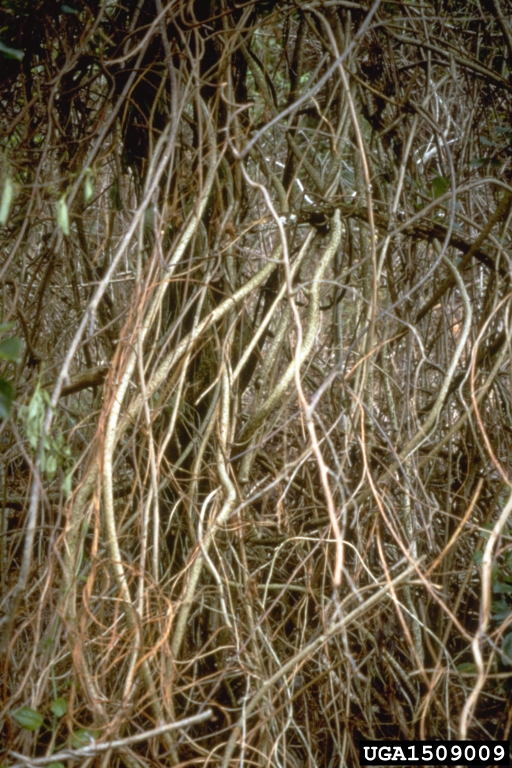
Max Williamson, USDA Forest Service, Bugwood.org























